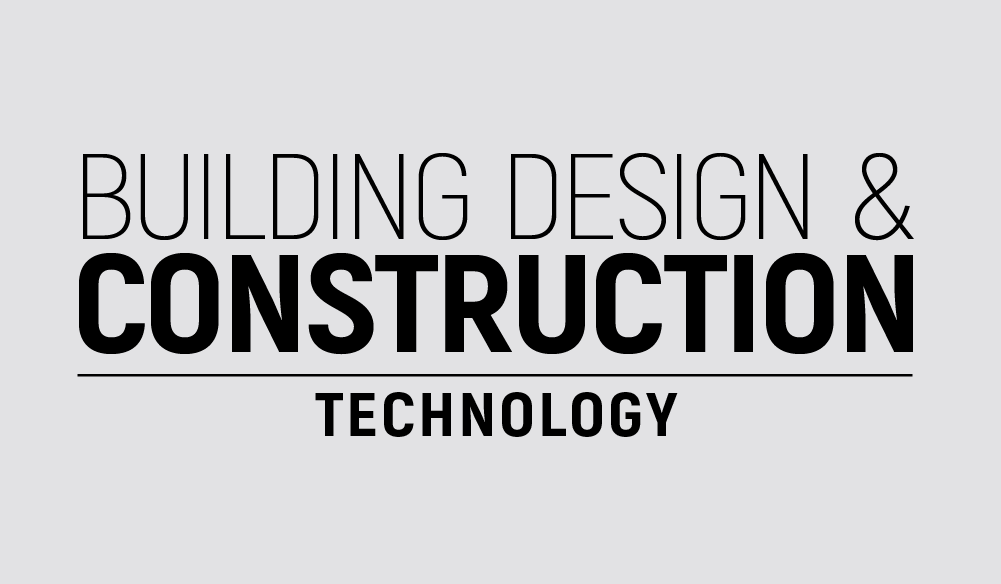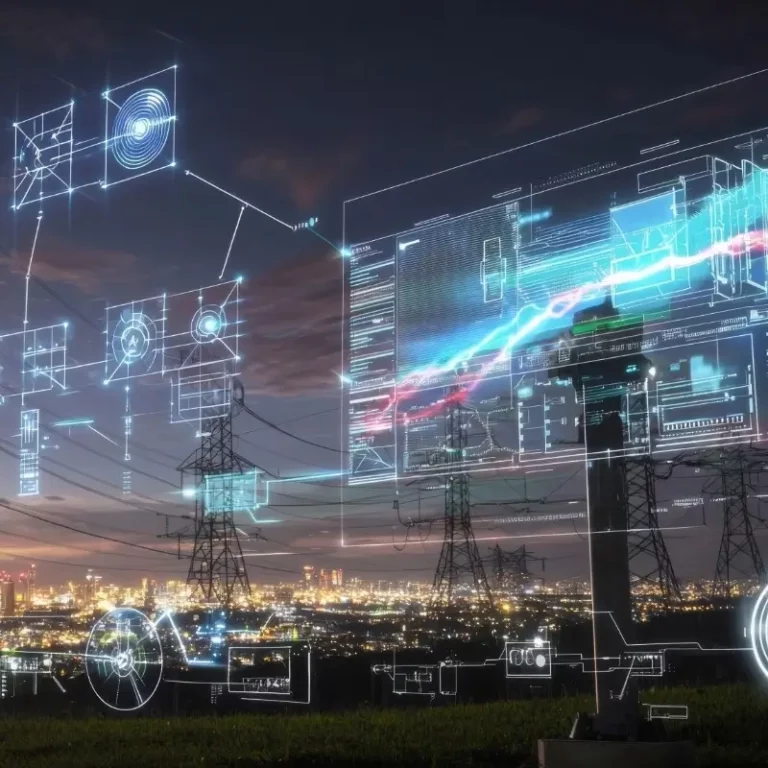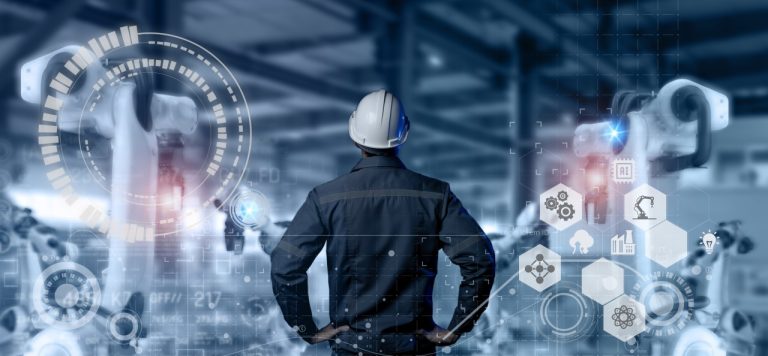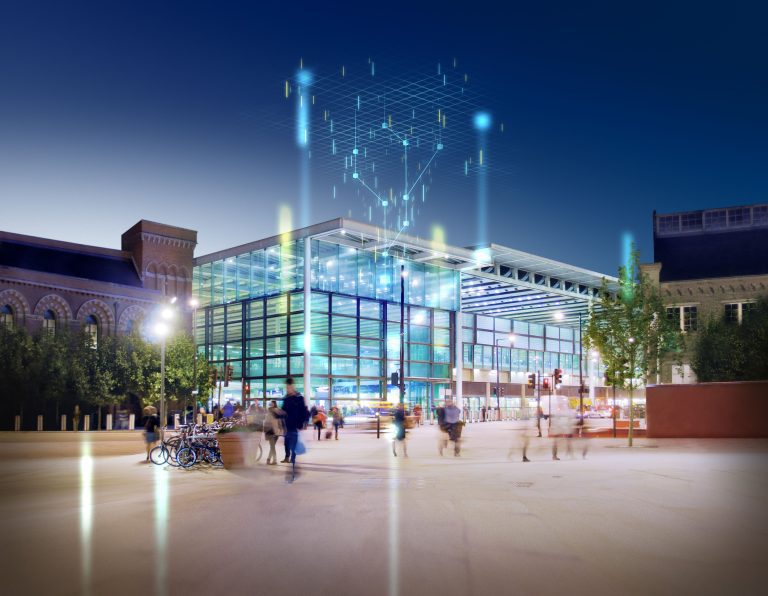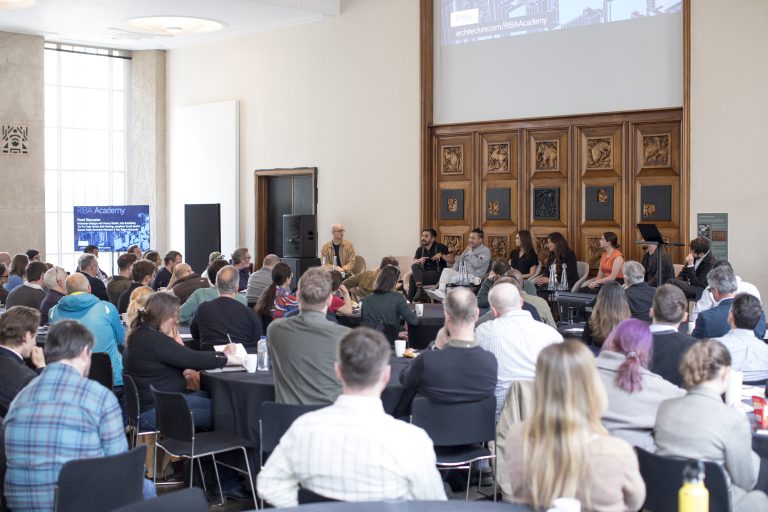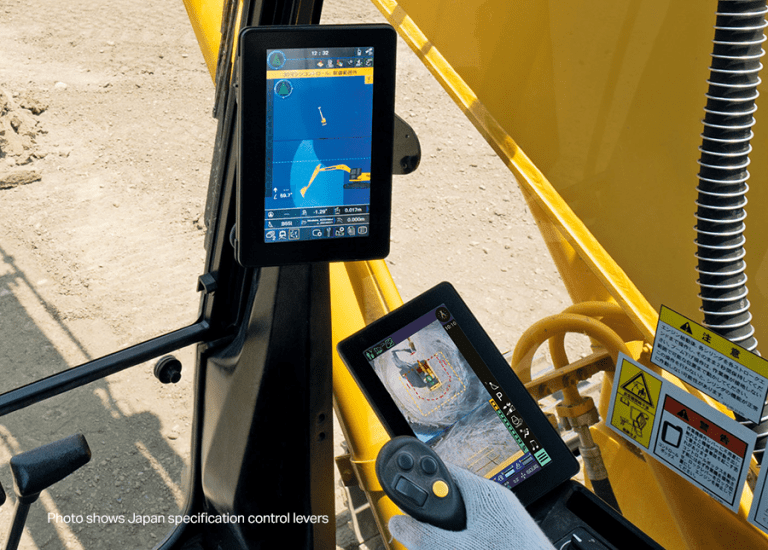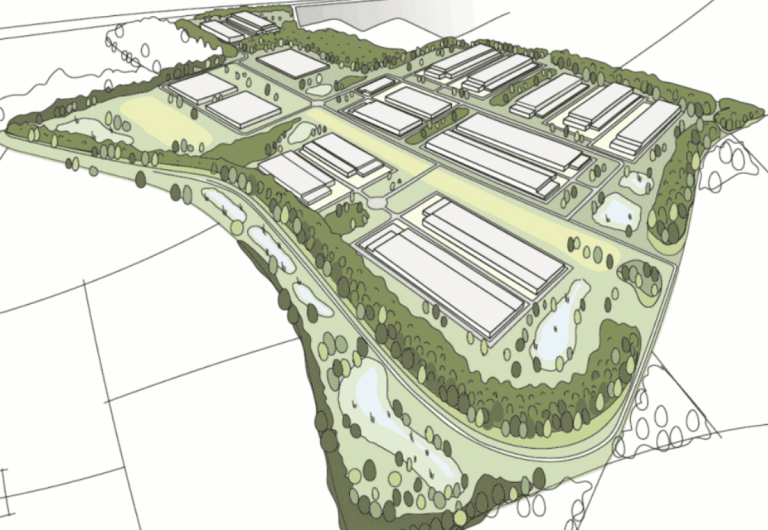Procurement is the beating heart of construction. But for many UK organisations, it still runs on spreadsheets, siloed systems, and countless phone calls. And that inefficiency comes at a price. Research reported by PBC Today shows construction projects in the UK run, on average, 46 percent over budget, with procurement and supply chain inefficiencies playing a major role. Meanwhile, a study commissioned by procurement software provider Ivalua found that UK procurement professionals spend nearly a third of their working hours on manual processes. A new wave of AI-powered digital tools, aligned with the principles of Procurement 5.0 (a term suggested by McKinsey), is starting to change this landscape. Intelligent document processing, demand forecasting, smart supplier evaluation, and real-time tracking are already helping teams work faster and with more certainty. One of the most exciting developments is the use of optical character recognition (OCR) and large language models (LLMs) to “read” engineering drawings and blueprints, extracting specifications and pushing them directly into procurement workflows. Add AI agents that can manage orders, chase suppliers, and flag risks instantly, and the result is a smarter, leaner, more resilient supply chain. The future of procurement in UK construction isn’t decades away — it’s happening now. Five Procurement Challenges Construction is Facing Today Before we look at how AI and Procurement 5.0 can transform your organisation, it’s worth taking stock of the obstacles that UK construction leaders are up against. 1. Fragmented supplier visibility. Many firms manage hundreds of suppliers with no single, consistent record of performance, compliance, or pricing. This can lead to duplication, missed opportunities, and a lack of leverage when negotiating. 2. Budget overruns. According to PBC Today, UK construction projects overshoot budgets by an average of 46 percent, with supply chain inefficiencies playing a major role. 3. Slow decision cycles. Procurement decisions can take weeks when project deadlines demand hours, largely because data is scattered across systems or trapped in paper documents. 4. Compliance pressures. New sustainability regulations and modern slavery legislation place additional reporting requirements on procurement teams, increasing admin workloads. 5. Manual processes. The Ivalua study found that procurement professionals spend around 31 percent of their time on repetitive, non-strategic tasks. That’s valuable labour that could be redirected towards supplier innovation and risk management. These challenges are more than operational headaches — they directly affect margins, project delivery, and a company’s ability to compete. Business Benefits of AI-powered Procurement Tools For all the excitement about new technology, most construction leaders ultimately want to know one thing: will it deliver measurable returns? Early adopters of AI-powered procurement tools, in line with Procurement 5.0 thinking, are already seeing results that translate directly to the bottom line. Among them are: Shorter cycle times Research from McKinsey shows AI-enhanced procurement can reduce inventory by 20 to 30 percent, logistics costs by 5 to 20 percent, and procurement spend by 5 to 15 percent, meaning critical materials arrive sooner and projects avoid costly delays. Cost savings According to Accenture, organisations implementing AI in procurement typically reduce direct material costs by 5 to 10 percent, driven by better demand forecasting and supplier competition. Fewer compliance breaches Automated risk checks and document analysis have helped some UK firms cut contract compliance issues by over 25 percent, as reported in Supply Management magazine. Improved staff productivity – The Ivalua study found that automation can reclaim nearly a third of procurement professionals’ time, freeing them to focus on strategic supplier relationships. Efficiency and savings uplift – The Hackett Group finds AI-driven procurement outsourcing delivers a 23 percent average improvement in purchase cost savings and cost avoidance, and an 83 percent overall satisfaction rating for service experience and value. These aren’t abstract benefits. Real companies are already seeing results from their pilots and preparing for wider rollouts. The real question is whether your company will be among the pioneering adopters. 5 Key Steps to Implement AI-powered Procurement in Your Organisation For many business leaders in the construction sector, the main challenge isn’t understanding the value of AI but knowing how to start. The key is to approach AI-powered procurement implementation as a business transformation rather than a tech project. Step 1: Define clear objectives Identify the procurement process pain points you want to address first, such as reducing lead time, improving supplier risk assessment, or speeding up contract reviews. Step 2: Pilot with a valuable use case Start small, for example, by using OCR and LLMs to extract specifications from engineering drawings and feed them into your ordering system.AI consulting experts can help you scope, test, and refine your pilot so it aligns with your business goals. Step 3: Integrate with the existing system Ensure AI tools can be connected with your enterprise resource planning (ERP) or procurement management platforms, avoiding duplicate data entry. Step 4: Upskill your team Provide targeted training so staff can interpret the AI solution output, adjust forecasting, and manage AI agents effectively. Step 5: Measure the success and iterate Set measurable KPIs such as cycle time reduction or supplier performance improvements, track results, and scale the AI use once its value is proven. By treating AI as a business goals driver, rather than an innovative add-on, you create the conditions for sustained efficiency gains and competitive advantage for your organisation. Future Outlook: What’s Next for Construction Procurement? In the next few years we will see construction procurement move from reactive buying to proactive, data-led decision-making. Several trends are already taking shape: Trend 1: AI agents with multi-role capabilities Beyond order management, these systems will handle supplier onboarding, performance tracking, and early risk detection without human prompting. Trend 2: Integration of digital twins Connecting procurement platforms with project digital twins will allow teams to model material needs in real time, adjusting orders dynamically as designs or schedules change. Trend 3: Blockchain for contract transparency Distributed ledgers can record supplier agreements and transactions securely, reducing disputes and enabling faster verification of compliance. Trend 4: Sustainability metrics in procurement Environmental performance data will increasingly be built

